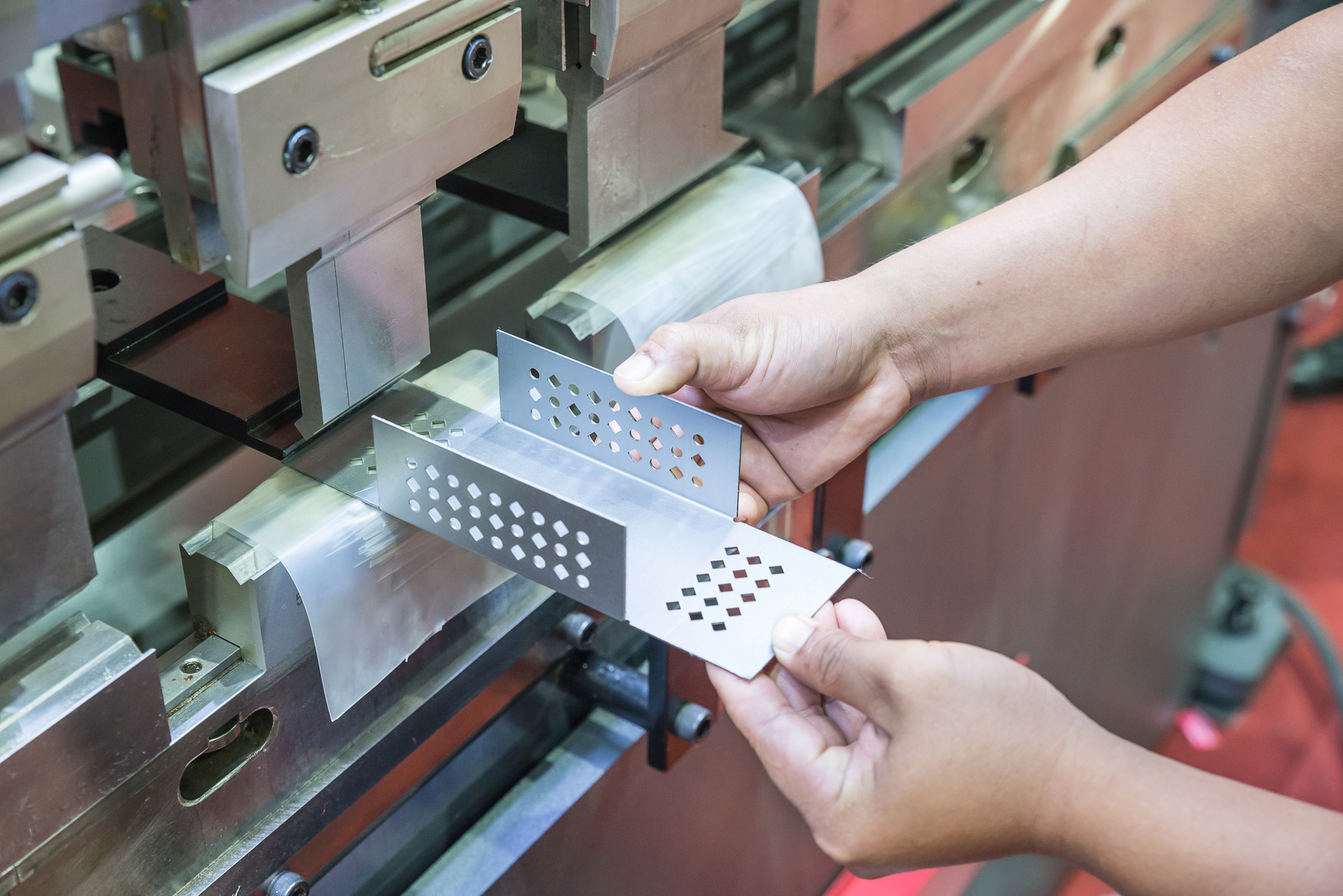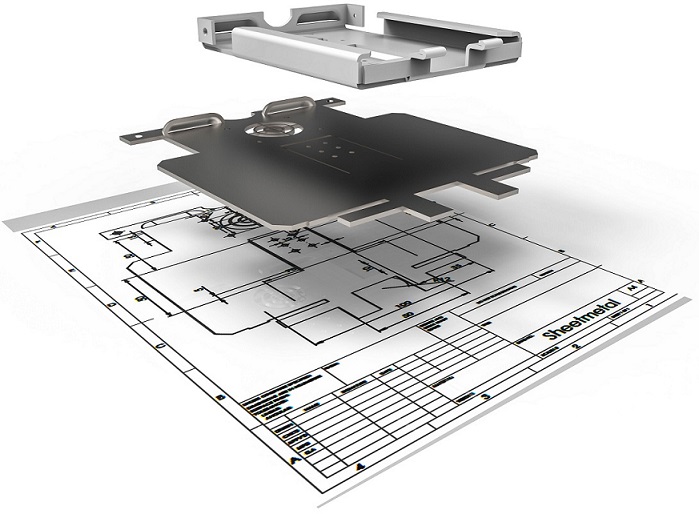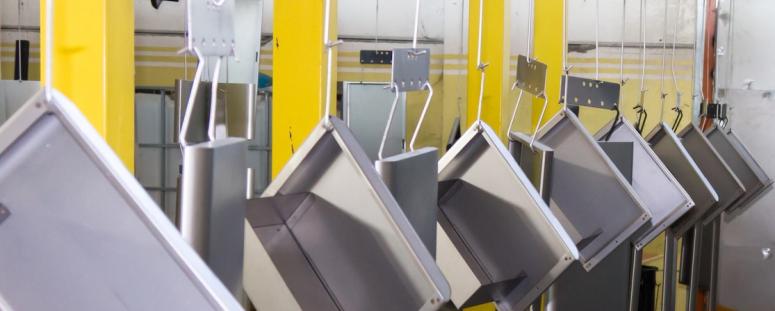Sheet Metal Subcontracting brings a very wide range of know-how together which make up a wide variety of industrial projects: component cutting or punching, component production and / or semi-finished assemblies, global integration (electronics, IT, etc.) , turnkey projects (which can even include logistical aspects), etc.
The machine park also plays a decisive role. It has a considerable impact on quality, time and production costs. Subcontracting provides the means for each production, to benefit from the most suitable machine park.
An effective consultation when searching for one or more sheet metal subcontractors inevitably requires the precise definition of its target. Efficiency will mainly depend on this task, which requires the correct qualification of its needs and the product. On the contrary, a too wide and untargeted consultation will be time-consuming and inefficient.
The purpose of this article is to call your attention to some important aspects to define before embarking on a consultation with sheet metal subcontractors.
Metal-Interface conducts this selection process for you free of charge by clicking here!
Establish the scope of action that you want to entrust to the subcontractors, setting the project limits
Supply of material, study and industrialization of the product, quality control, post-production logistics (for example the storage of finished products by the subcontractor to allow the launch of larger series) delivery directly to the end client, management of a potential after sales service, etc.
Identify the skills that the subcontractor must have, by going over the different phases of the project chronologically

- Does the supplied data require a revision or a new study of the product design?
- Does the design need to be resumed?
- Can the provided layout be resumed and does it require processing to be put into production?
- What are the necessary procedures?
- How will I deliver the information related to my order (quantity, references, etc.) and does this data require processing?
- Is project management necessary?
- Is there an industrialization process to implement?
- Do the parts or assemblies have any particular difficulties (particularly in folding, welding, etc.)?
- The mounting and assembly require special skills, such as screen printing, the installation of sealing elements, electronic component integration and so on.
- Should the products be inspected, and with what level of testing?
- Do the product logistics require special features (special packaging, packing slips, etc.)?
- etc.
- Does the supplied data require a revision or a new study of the product design?
Establish the machine park
 Establish which machine park that the subcontractor will have by making a simplified operating range of the production to be entrusted.
Establish which machine park that the subcontractor will have by making a simplified operating range of the production to be entrusted.
The study and production phases may require IT exchanges that will be simplified by using a common software, such as the same Computer Aided Design (CAD) tool?It's also interesting to define the machines that enable the parts output, respecting the quality and size of the desired parts (impact on the format and machine typology).
It is likely that several technologies fit, but a ranking of technologies can be done to guide the consultation. All the operating phases up to the delivery can be resumed in this way: deburring, folding, welding, assembly solution, painting or other surface treatments, etc.
Production capacity is also an element to take into account when identifying the target
For example, a subcontractor who is used to processing large productions will be less at ease processing small quantities. Conversely, the subcontractor must have the ability to process orders without jeopardizing his other productions. It's an imperative for the endurance of the subcontractor but also for securing the entrusted production.
Recognitions and quality control processes are to be considered with care
For example, some projects may require:
- Certifications, labels and / or special accreditations.
- Particular attention to environmental aspects.
- A quality process allowing a rigorous control during all phases of production.
- Etc.
- Certifications, labels and / or special accreditations.
Finally, more common company criteria will need to be looked into
- the financial condition
- Number of Employees
- Experiences in a similar field.
This approach, which may seem tedious, is to adapt to the complexity of the industrial project and the stake that it represents for the company.
The time spent preparing the call for tender is profitable, both during the consultation (less trips, number of well-targeted subcontractors, etc.) and by the trust in the choice made.
Copyright - Reproduction prohibited without the written permission of Metal-Interface- the financial condition
Metal-Interface takes great care to protect your privacy: when you submit a request or ask a question, your personal information is passed on to the supplier concerned or, if necessary, to one of its regional managers or distributors, who will be able to provide you with a direct response. Consult our Privacy Policy to find out more about how and why we process your data, and your rights in relation to this information. By continuing to browse our site, you accept our terms and conditions of use.
 Precision sheet metal processing Technical article
Precision sheet metal processing Technical articleChoosing a subcontractor for a project integrating sheet metal parts


